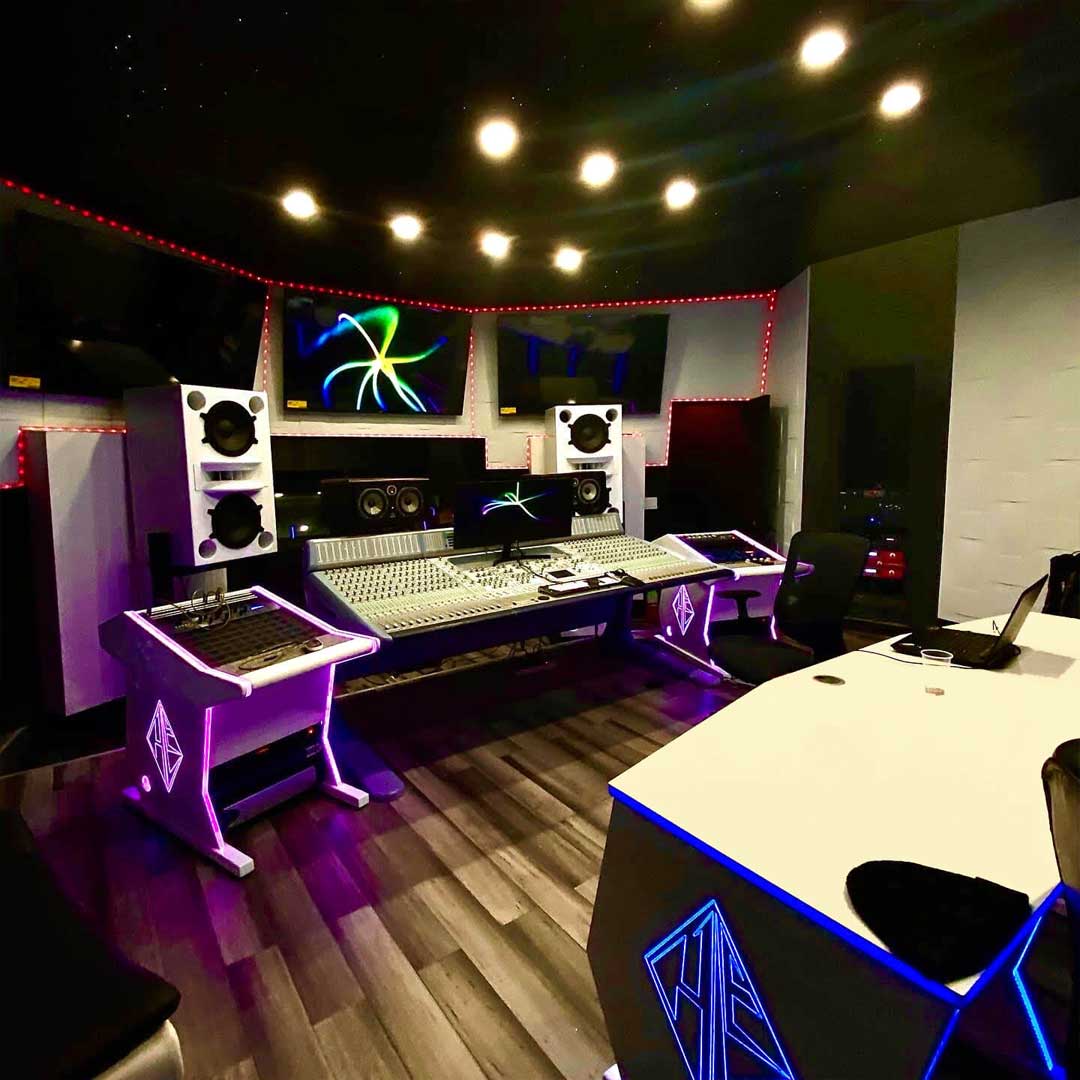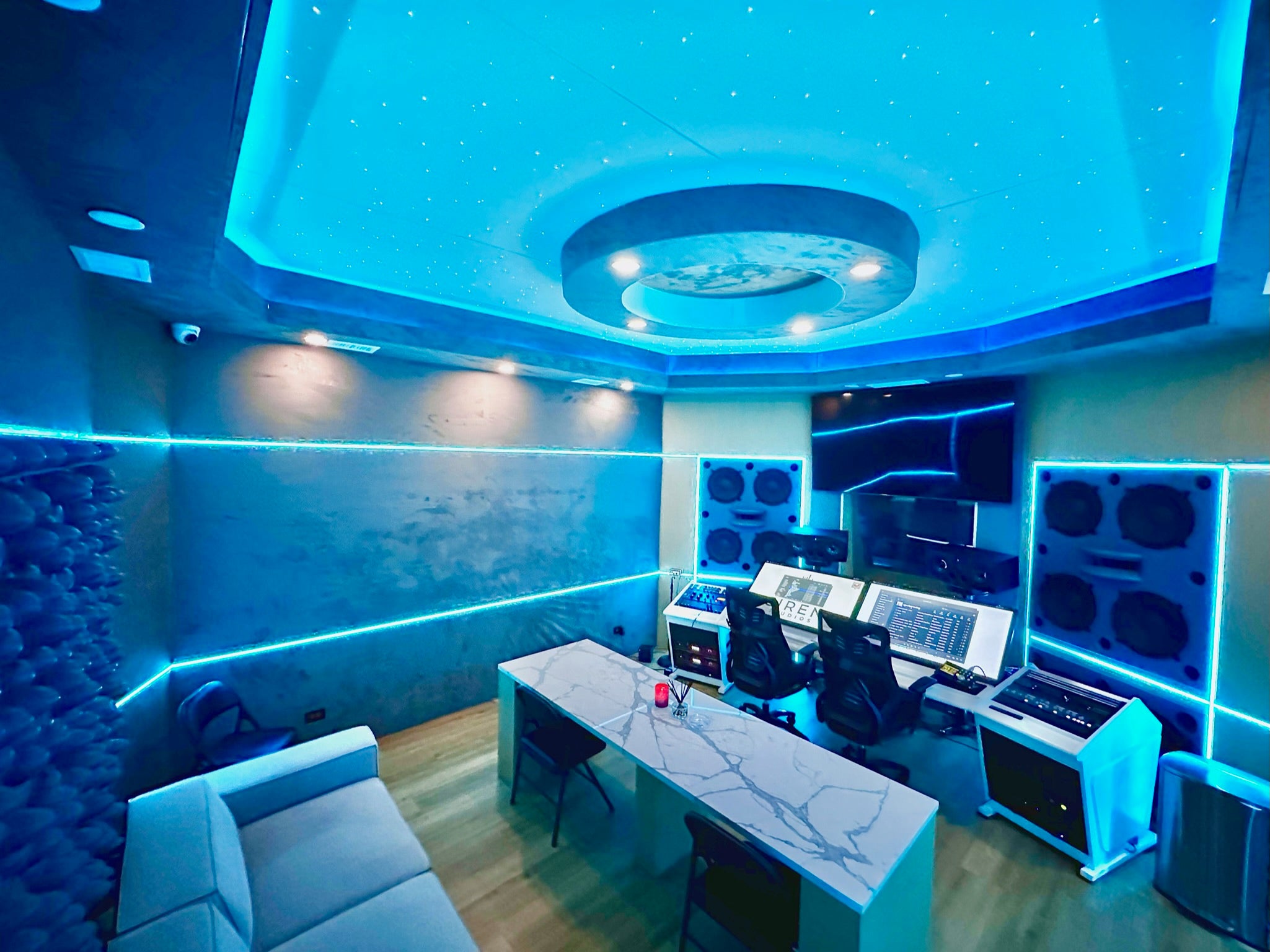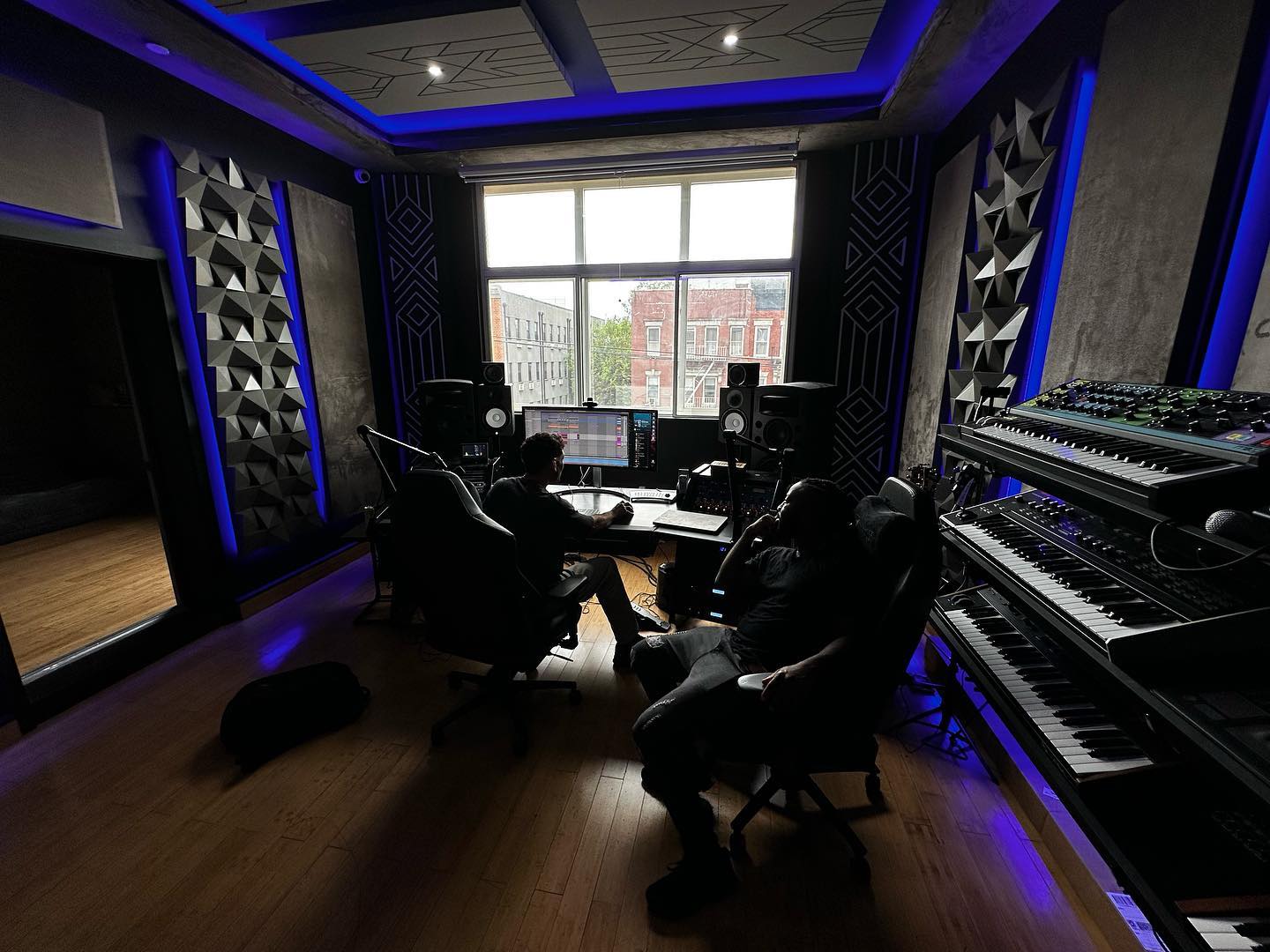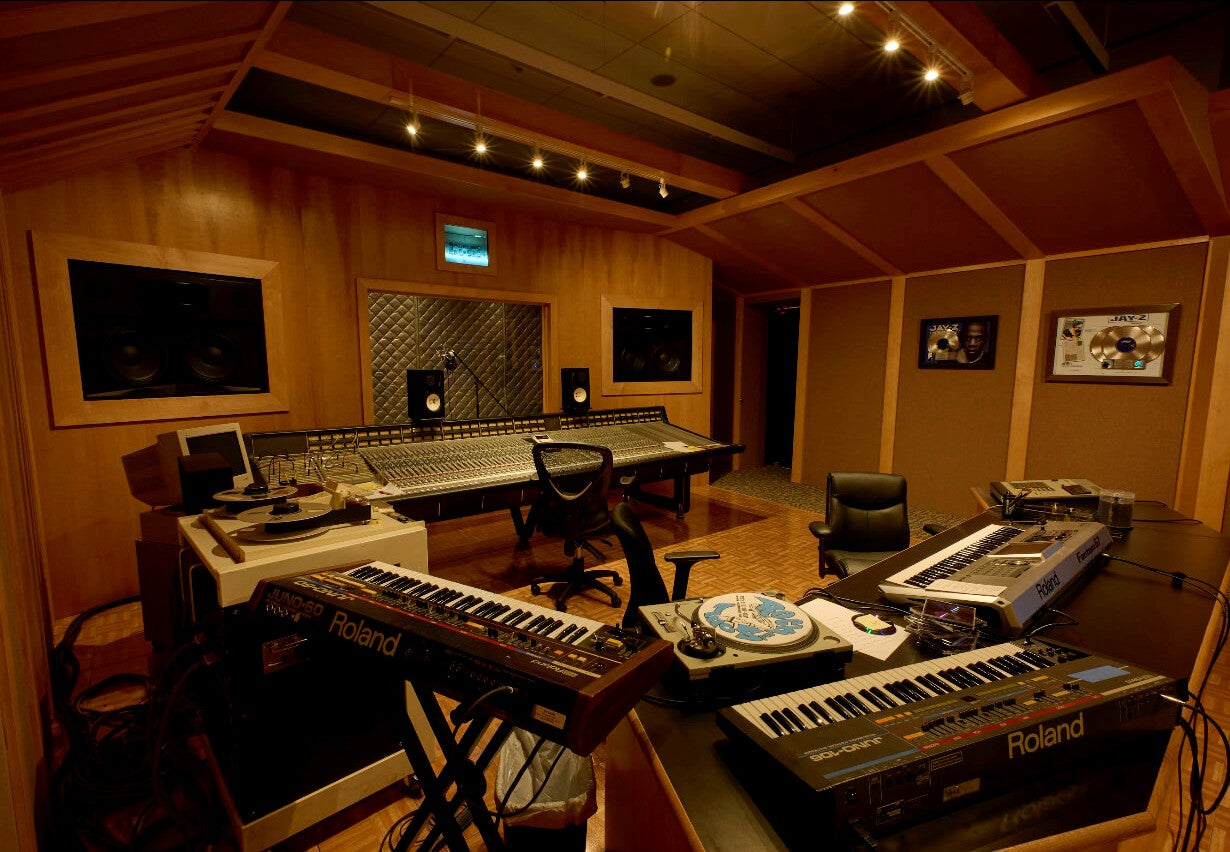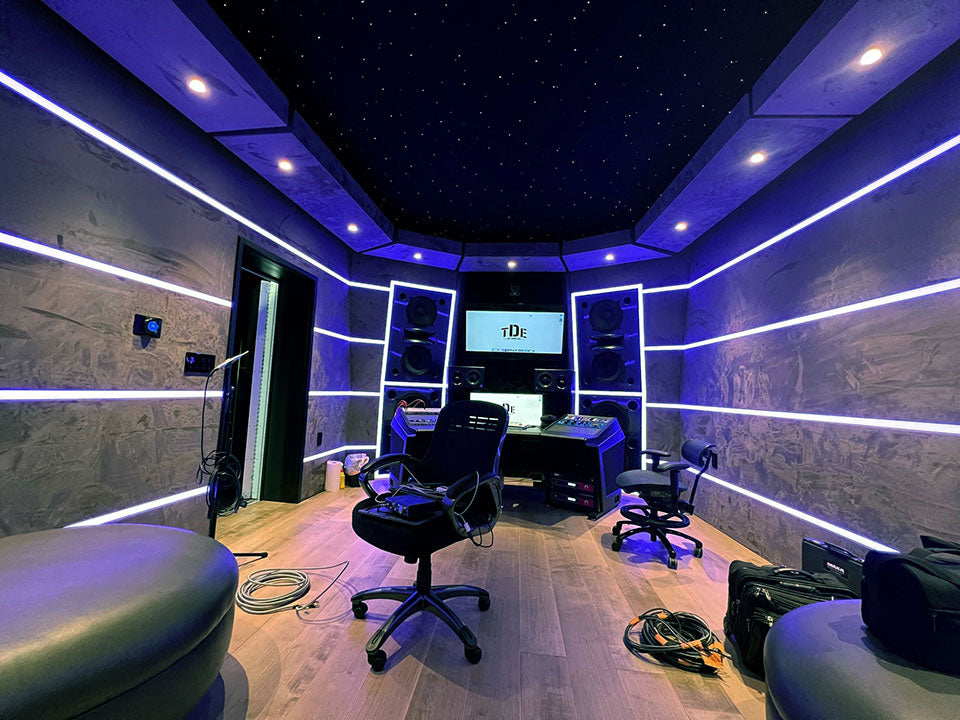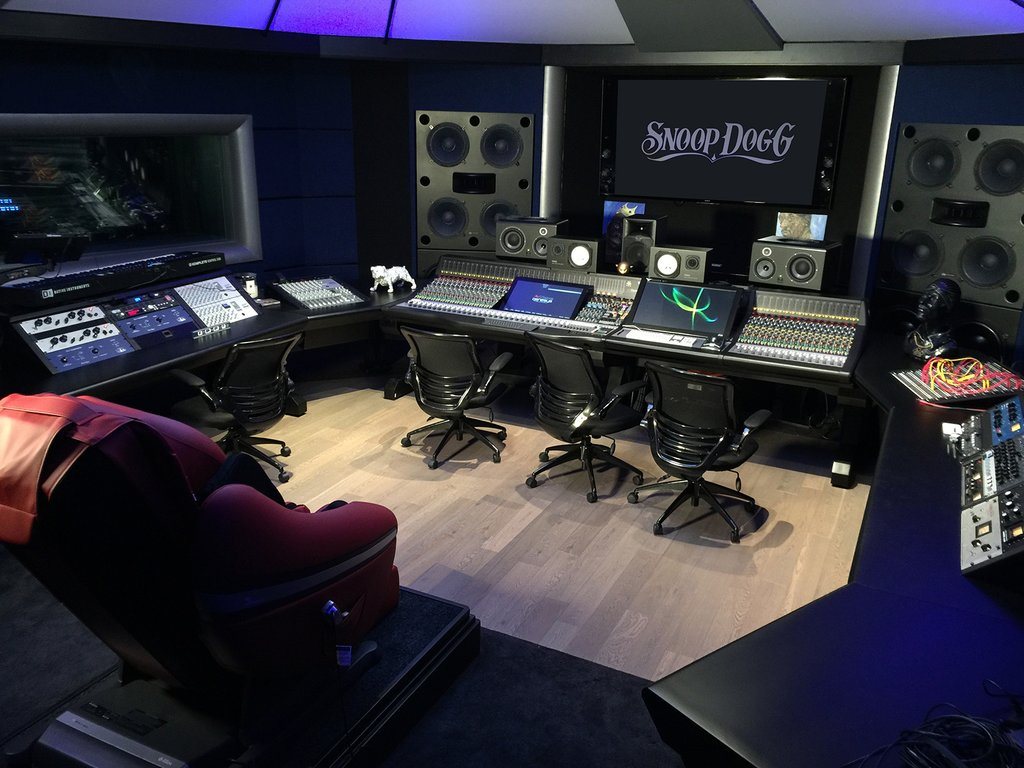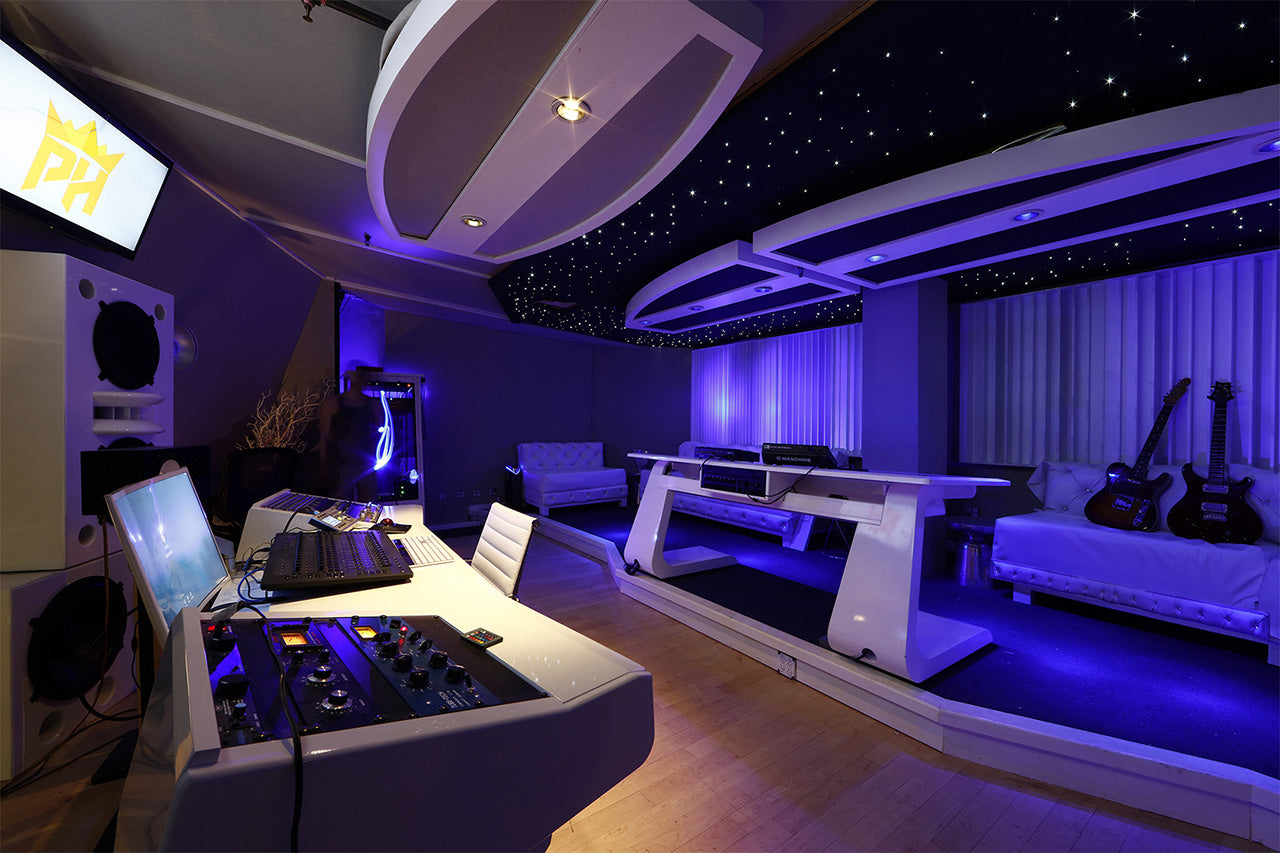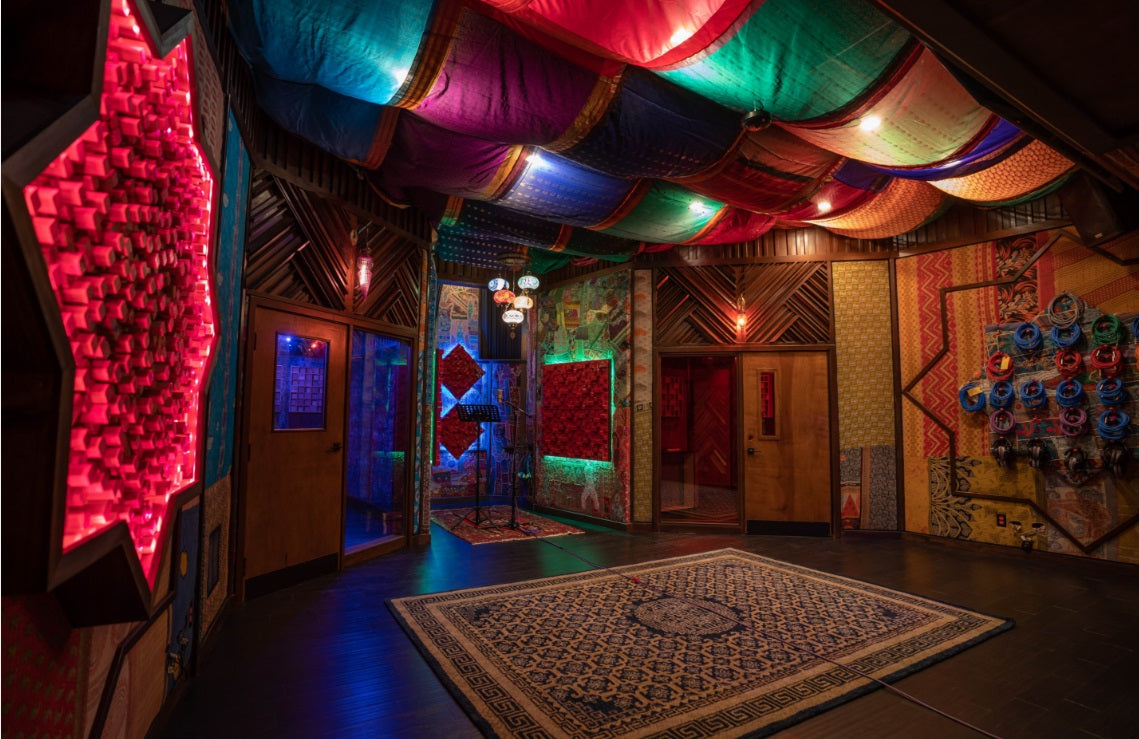The AMS Neve 1073DPD is the sibling of the 2-channel 1073DPA adding the Neve-designed 24-bit/192kHz/DSD analog-to-digital converters to classic Neve 1073 Class A preamps
If you're not familiar with the legacy of the Neve 1073, well . . . welcome to Earth! Ask any producer or recording engineer what their desert island preamp is, and invariably, the Neve 1073 will come up just about every time. The most copied preamp on the planet, it would be more appropriate to ask what influential recordings the 1073 hasn't been used on since its introduction in 1970 through today. Perhaps the greatest achievement of the Neve 1073 is that it gave solid-state circuits the rich euphonic sound of tubes, and the punch that put the rock into roll. It was also the first wide-bandwidth preamp designed to be linear and low-noise past the range of human hearing.* Along with the character of the preamp, thanks to its Neve-designed Marinair™ custom input and output transformers, the 1073DPD has 60dB gain with a ±10dB input trim control, variable input impedance, plus 24-bit/44.1-192kHz conversion and DSD output for audio quality beyond PCM technology-and of course the signature Neve sound.
AMS Neve 1073DPD-Just the Facts:
- Two legendary 1073 microphone preamps in a convenient 1U rackmount design
- Superior Neve-designed analog-to-digital 24-bit converters
- 192Khz operation with DSD conversion, selectable via front-panel controls
- Exclusive Neve Marinair™ transformers used on input and output stages
- Dedicated input Gain controls and output Trim controls on both channels
- +48V phantom power and phase-reverse switch
- High-quality Input selector switch
- Hand-crafted and hand-wired by Neve in Burnley, UK
* PAD Tech Note: According to Mr. Rupert Neve, if harmonics beyond human hearing exist in nature they shouldn't be ignored in audio capture, as they traditionally were in designs band-limited to 20kHz. His favorite demonstration of his hypothesis is using a tone generator to produce a sine wave at 12kHz, which anyone can hear, and switches it to a square wave, which produces a timbral difference audible to all. The only difference between the two waves is that a square wave adds a single octave harmonic at 24kHz, which is beyond our ability to hear on its own.
AMS Neve 1073DPD-Under the Hood
The 1073DPD features the same wide-bandwidth, transformer-balanced design as all preamps in the Neve 10-series. Despite its power, the 1073DPD is remarkably simple to operate. Two rear-panel mic inputs and line inputs feed dual Class-A gain stages, with adjustable gain control and selectable +48V available on the mic inputs. Class-A, transformer-balanced XLR outputs are also found on the rear panel, controlled via adjustable front-panel ±10dB trim controls. Analog insert points are provided ahead of the A/D converters to ensure the classic Neve sound is retained.
Neve-designed digital conversion
With the 1073DPD, two Neve 1073 mic preamplifiers are complemented by superb Neve-designed analog-to-digital converters that can capture a performance in any required format. In addition to Neve's famous Class A analog outputs, are a series of digital options, including all standard PCM sampling rates from 44.1kHz up to 192kHz, selectable via convenient front-panel controls. A unique feature of the 1073DPD is the Neve DSD (Direct Stream Digital) output, providing quality far beyond PCM technology.
The input to the converter is fed from the Line Output XLR. This ensures that the digital output signal includes the analog Class A output and transformer coloration.
The signal passes to the ADC via a 1/4" jack Insert point. A balanced signal can be plugged into the Insert jack and it will break the path from the Line Output to the ADC, substituting the Insert signal.
The Insert point has a peak signal level of +18 and +26dBu. This allows the user to use the ADC independently of the Mic/Line amps or to put a piece of outboard equipment such as a compressor between the Mic/Line amps and the ADC. With no Insert signal, the signal is output as both analog line out and digital out enabling the analog to be used for zero-latency monitoring whilst the digital output signal with its inherent conversion delay is being used for recording.
The ADC is set up to output 0dBFS with +26dBu at the Line Output or Insert point but can be changed to output +18dBu for 0dBFS.
Sampling frequency
The left-hand format switch selects the 44.1kHz PCM range, the 48kHz PCM range or DSD. The right-hand sample rate switch selects which multiple of the sampling rate to use e.g. 48, 96 or 192kHz.
With 44.1kHz selected the multiple LEDs illuminate red, with 48kHz range selected the multiple LEDs illuminate green. Selecting DSD only allows 44.1kHz sync (the multiple LEDs are all off).
Sync inputs
The 1073DPD has two sync inputs; AES3 on a female XLR and word clock on a chassis BNC. If neither Sync Input is present the unit will synchronize to its internal crystal clock. If one or other sync input is present at the correct sampling frequency selected on the front panel the LED (AES or WCLK) will illuminate green showing that the sync input is being used as a reference. If both sync inputs are present and correct the word clock input will be used as reference. Normally the sync input is set to the required sample rate. In this case, both AES Out 1L and AES Out 2R carry the same stereo AES signal converted from the left and right analog inputs.
Double-rate AES output
It is also possible to select 96kHz (or 88.1kHz) sampling rate with a 48kHz (or 44.1kHz) sync input. Similarly, it is possible to select 192kHz (or 176.2kHz) sampling rate with a 96kHz (or 88.1kHz) sync input. This will cause the unit to output double rate AES on the two output AES connectors. The sync LED will still illuminate green indicating the sync reference is still being used for the digital output even though the ADC is sampling at twice the sync input sampling rate. In this situation, AES OUT 1L carries the odd and even samples of the left audio double rate signal on its Left and Right digital channels respectively. Similarly, AES OUT 2R carries the odd and even samples of the right audio double rate signal on its Left and Right AES channels.
DSD
Selecting DSD will default to 44.1kHz reference. If no sync is available it will use the internal crystal reference. The interface requires a minimum of two BNC cables (DSD L and DSD R) to the DSD DAC.
The DSD output is switchable between SDIF2 and SDIF3 with the rear panel dip switch. SDIF2 requires a 44.1kHz sync signal to be passed to the DAC and this should preferably come from the 1073DPD sync output via a third BNC cable. SDIF3 transmits the DSD signals with clock information included and should not need the sync signal.
The combination of legendary Neve analog circuitry and superior digital quality makes the 1073DPD the obvious choice as a front-end for recording to digital workstations. For more information, call or chat online with your PAD Studio Specialist.
Specifications
Input Impedance:
- Mic switchable: 300 ohm or 1,200 ohm
- Line: 20k ohm
Frequency Response:
- 60dB gain into 600ohm +/-0.5dB: 20Hz to 20kHz
- 60dB gain into 600ohm -3dB: 20Hz to 40kHz
EIN:
THD + Noise:
- +20dBu into 600ohm 50Hz to 10kHz: <0.07%
1073DPD ADC
Input impedance
Frequency response:
- 48kHz ± 1.25dB: <10Hz to 20kHz
- 96kHz ±1dB: <10Hz to 40kHz
- 192kHz ±1dB: <10Hz to >40kHz
Dynamic range:






